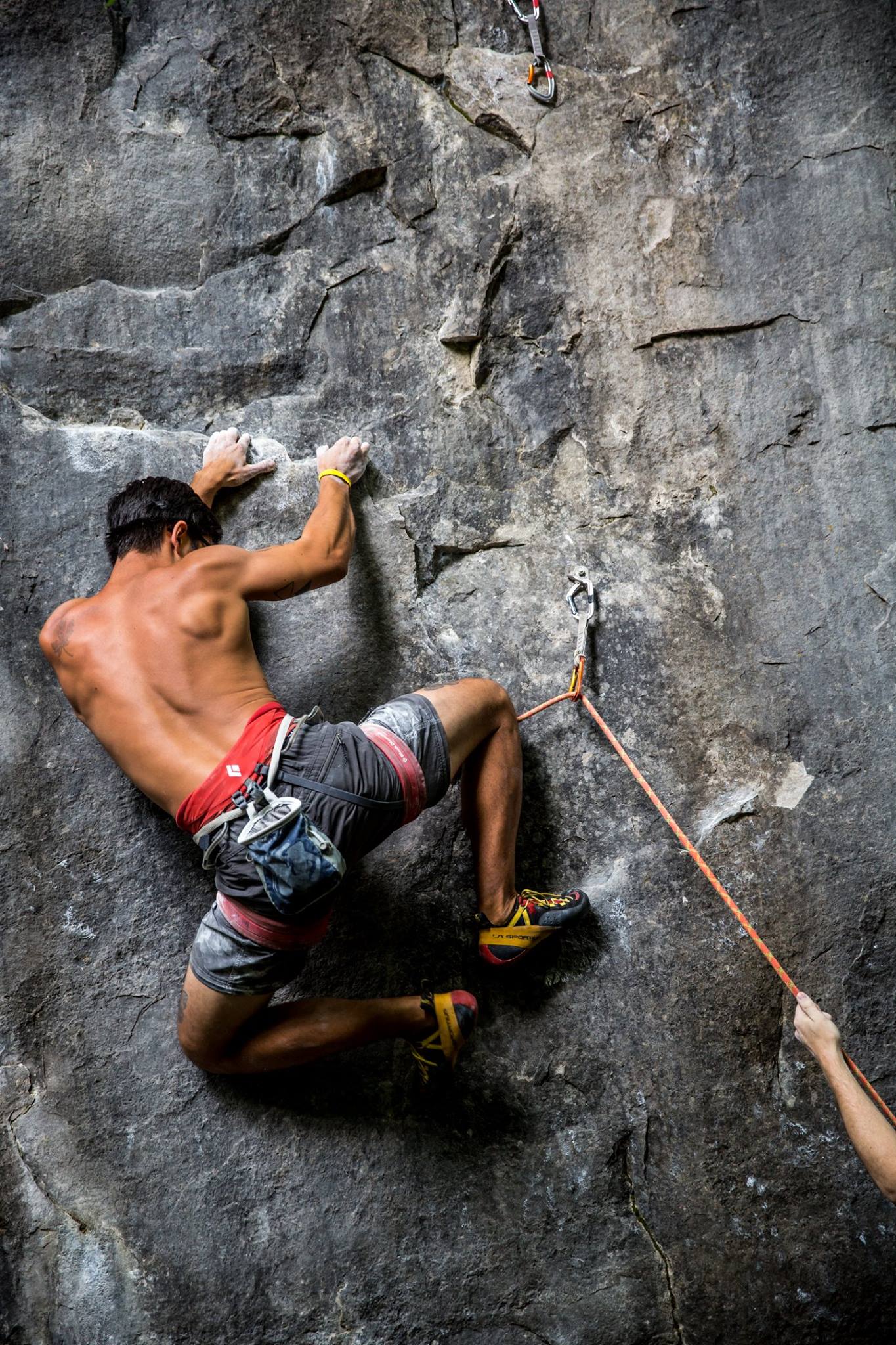Why It Took 6 years To Go From 5.12B To 5.12C
As someone who has worked at a climbing gym for many years (including as an employee at another gym before we opened Toprock), I have had the privilege to see many new climbers develop and grow. It is always amazing to see them push themselves and achieve levels that they had once thought impossible. As I look back at my climbing career, I feel disappointed that it took so many years for me to realize that I hadn’t been pushing myself to the same extreme -- and that is why I was stagnant for so long.
Pat Heney on Carbon Stihl. Photo by Jessica Best.
In 2011 I finished my first 5.12B: Carbon Stihl, at the Swamp in Ontario. At the time I was super excited and amped for outdoor climbing, though I didn’t realize that was when my first real plateau would begin.
My life was quite busy after 2011. Between work and traveling, I didn’t spend much time at the cliffs. I soon fell into my comfort zone, always defaulting to 5.12A climbs that I knew I could finish in one or two attempts. Though I built up a solid foundation for the 5.12A’s, I unintentionally started to place harder climbs on an ever-growing pedestal. To me, even attempting to climb a 5.12C sounded like I was shooting for the moon in terms of goals. My mental game had deteriorated to the point that I did not believe in my strength, skill, or ability to even attempt the next level of climbing. This was a bottleneck I had hit, and I needed to overcome it to grow as a climber.
In 2016, one of my friends who had only been climbing outside for two years finished their first 5.11D. To this day I still remember them making a comment about how they could not wrap their mind around the fact I was only trying climbs only one letter grade harder than them, and I had been climbing for over 10 years! This comment opened a Pandora's box in terms of my insecurities as a climber. I asked myself many questions: Why hadn’t I progressed? Was I getting weaker? Was climbing really my true calling? Was I destined for mediocrity?
What I didn’t realize at the time was that all my questions assumed the problem was that I couldn’t climb harder grades. I doubted my abilities without considering the fact that by never getting on anything harder, I hadn’t even given myself the opportunity to prove otherwise.
Me on a cool down climb at Devils Glen, the same day I onsighted Gwelp (5.12B)!
Later that year, I was climbing at Devils Glen in Ontario. I was ready to pack up when my friend @midoribuechli convinced me to try the 5.12B line called Gwelp. (The climb has since been downgraded to 5.12A on Sendage.) I decided to give it a burn and ended up onsighting it. This meant that my redpoint grade and my onsight grade were the same level. THIS WAS A MAJOR RED FLAG! I realized for the first time that I had not been trying hard enough and should have been projecting harder grades.
This revelation was a boost to my confidence. Not only did I start acknowledging my skill and strength at climbing, it encouraged me to try hard climbing again for the first time in a long while. On a subsequent trip to Kentucky’s Red River Gorge in 2017, I finished Middle Path — my first 5.12C. I screamed so hard when I got to the top, and felt that the burden of accomplishing harder grades was finally gone. The climb only took three attempts, which means I know for a fact that my potential is far higher than a 5.12C.
This upcoming 2019 season, I am going to project the hardest climbs of my life and I can’t wait. Realizing the mental burdens you take on as a climber is very important for growth. You have to believe in yourself — you may be surprised what you can accomplish.
If you ever want to chat climbing, come for a session and visit us @toprockclimbing.


